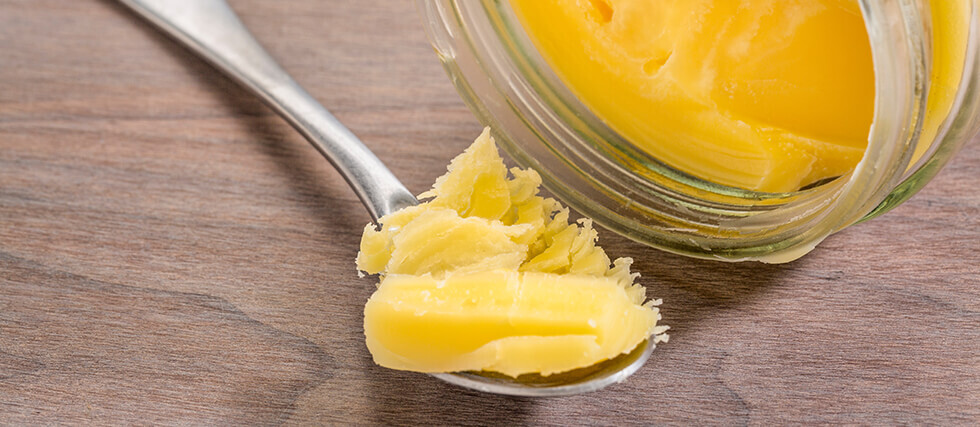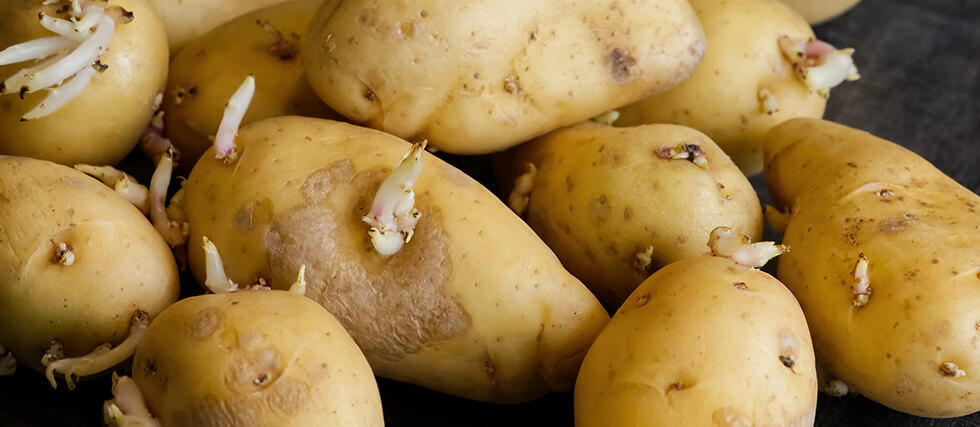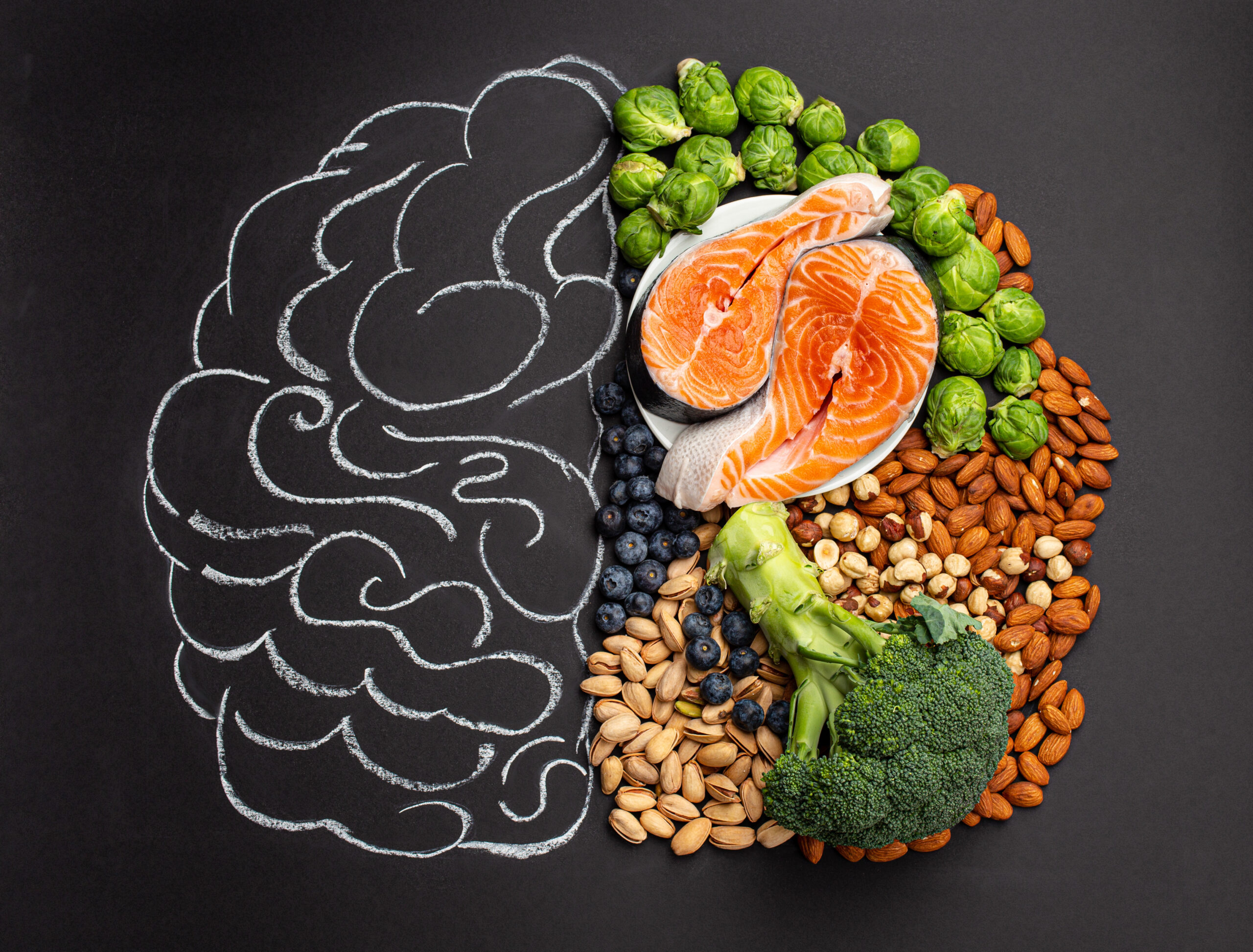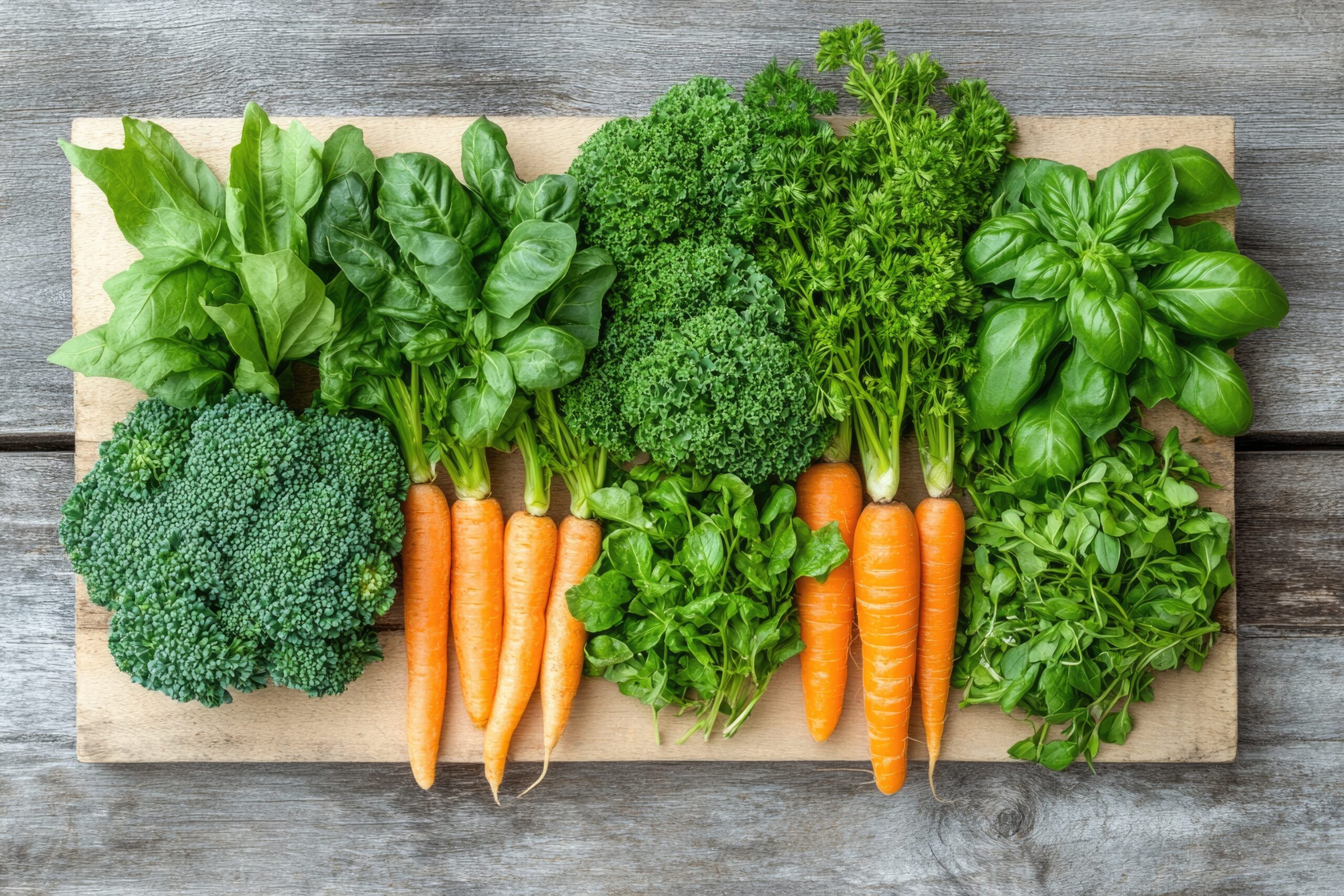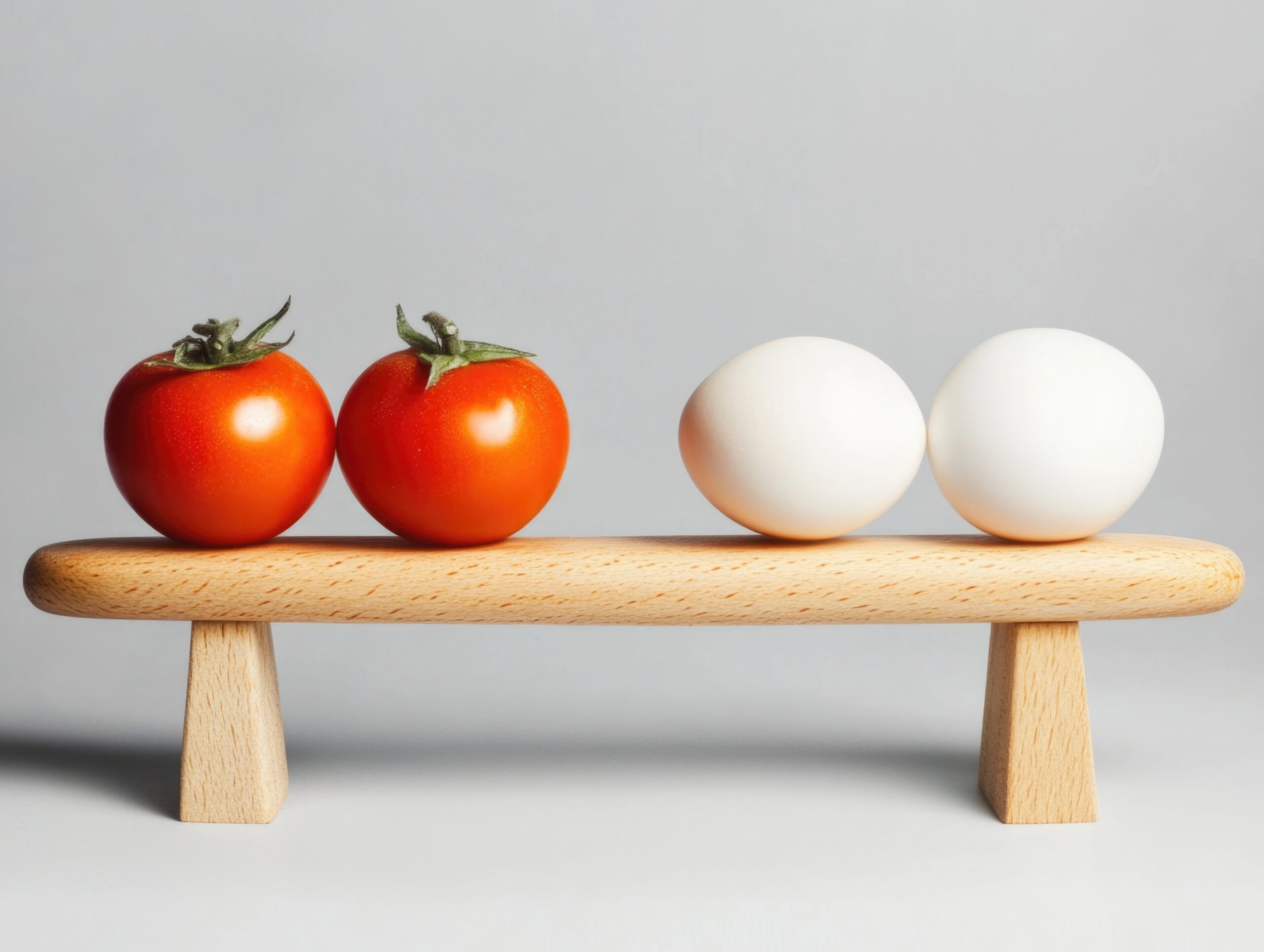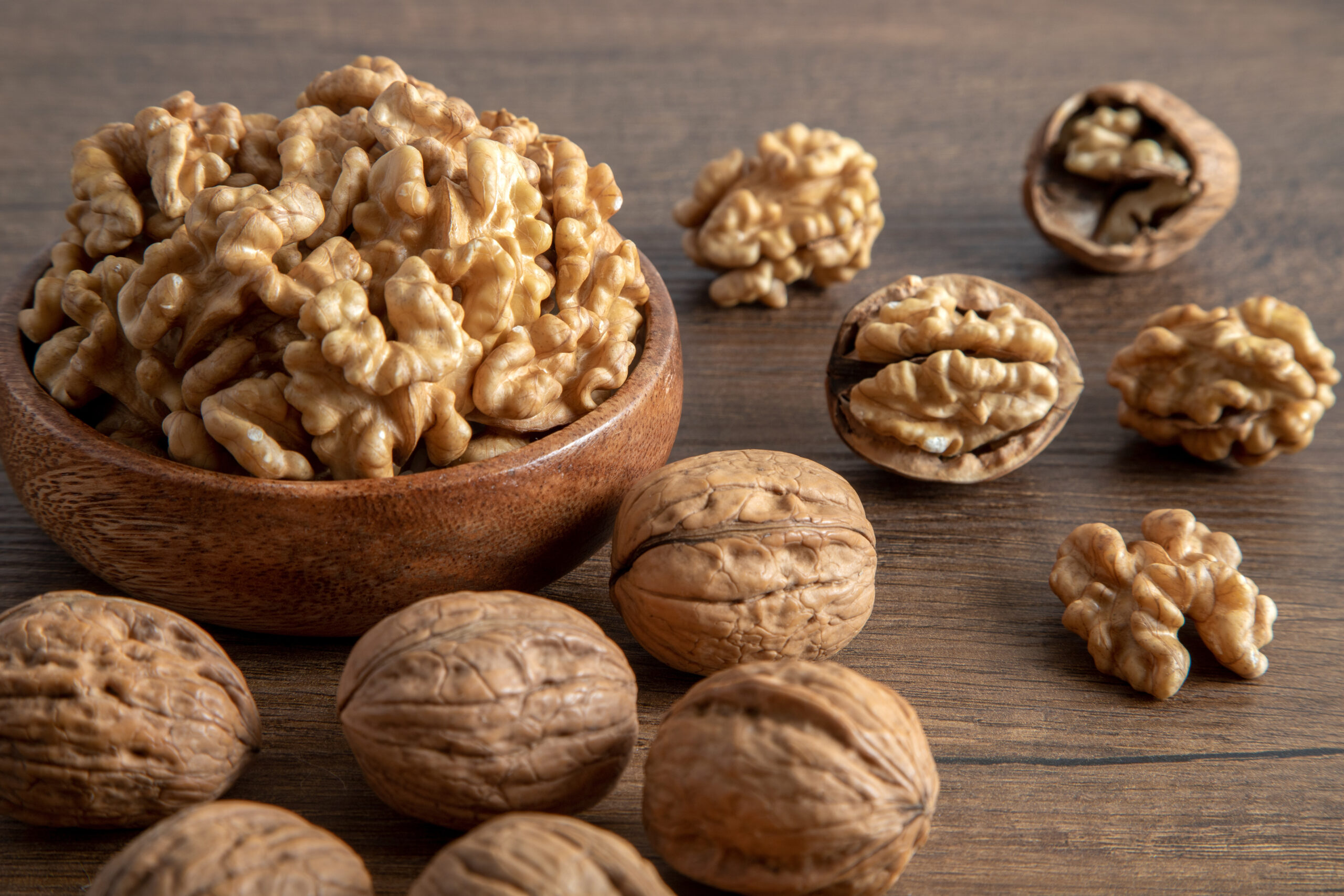The Ultimate Guide to Ghee: Benefits, Uses, and How to Choose the Best One
Ghee is a type of clarified butter that has been used for centuries in Indian, Middle Eastern, and Ayurvedic cuisine. It is made by heating butter to separate the water and milk solids, leaving behind a rich, golden fat with a nutty, slightly caramelized flavor. Revered for its taste and nutritional value, ghee is packed with essential nutrients that offer a range of amazing health benefits.


